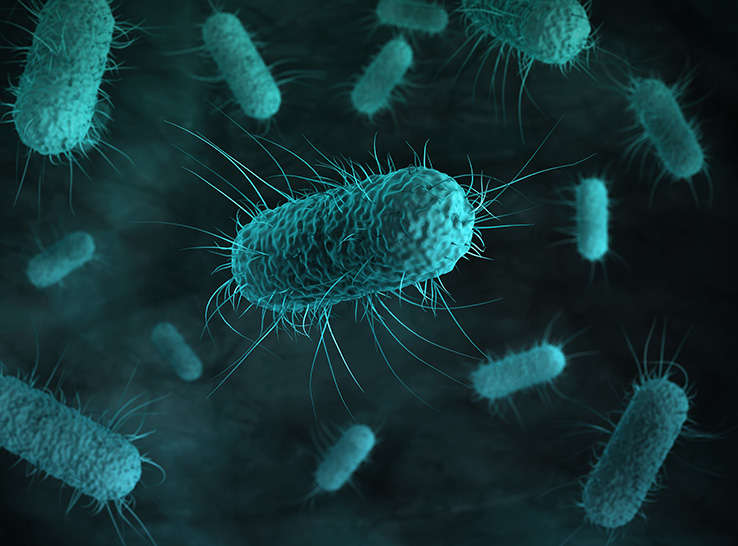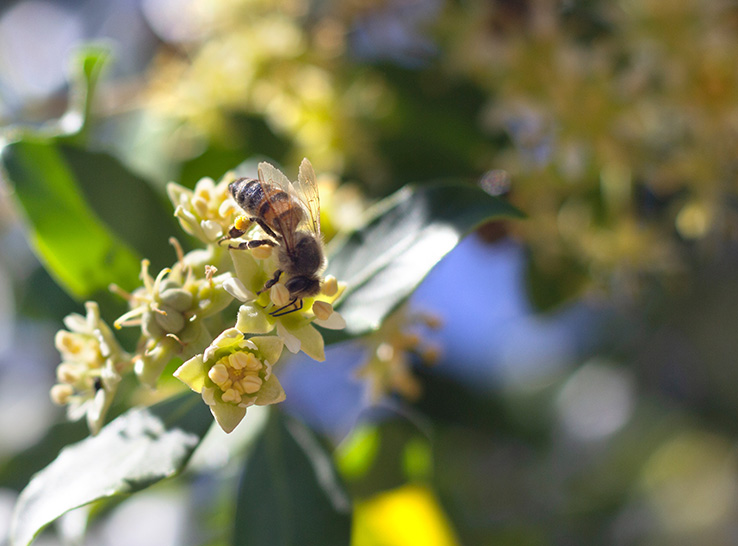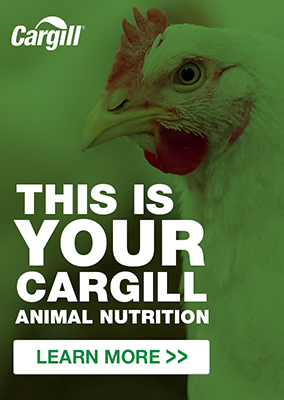A postbiotic product proven to reduce the severity of avian pathogenic Escherichia coli (APEC) in broilers could give producers and veterinarians an additional tool to manage risk in pre-harvest poultry.
Evan Chaney, PhD, food-safety technology lead at Diamond V, part of Cargill Animal Nutrition, said a postbiotic product containing saponin developed by Cargill research scientists has shown effectiveness in supporting bird health while reducing the severity of lesions and tissue pathogen loads caused by APEC O78 infection.
While there is no silver bullet to eradicate the pathogen from flocks, the postbiotic can be an additional approach that producers can utilize to make incremental improvements to bird health and welfare.
Speaking on a recent podcast, Chaney said previous research has shown the benefits of using Diamond V’s postbiotic technology to reduce the colonization potential of Salmonella in flocks.
Given that Salmonella and E. coli share several genetic similarities, Chaney and his colleagues believed the product could have an impact on APEC, prompting Diamond V to fund a challenge study with the University of Georgia (UGA) to investigate.
Postbiotic effect on APEC
“They challenged [specific-pathogen-free Leghorn birds] orally and intratracheally with the APEC 078 isolate. In a controlled diet versus a diet supplemented with our postbiotic, we saw there were mean lesion-score reductions, as well as [reductions in] APEC loads within various tissues sampled,” Chaney explained. “We realized we should continue down this path.”
While the research was being carried out, Chaney said his Diamond V colleagues began formulating a prototype product that combined the company’s postbiotic with a phytogenic feed additive. By formulating a new product, the team hoped they could have an even greater impact on APEC.
“We know our postbiotic products…have a microbiome-modulating effect and an immunomodulatory effect,” Chaney explained. “So, with the inclusion of [quillaja], there’s a lot of evidence in the literature that [saponins have] antibacterial and antiviral effects. By combining these products, maybe we’re hitting some [different pathways].”
Testing postbiotic, phytogenic combination
To further develop the initial findings from the UGA research, Chaney said the next step was to conduct a pen study1 to compare the impacts of different treatments on flocks — including the postbiotic and phytogenic combination.
Using four pens of 30 birds per treatment, the treatments included four groups: 1) a control group; 2) a group receiving the prototype postbiotic; 3) a vaccine control group; and 4) a co-administered group, which received a vaccine plus the prototype product.
The researchers challenged the birds intratracheally at day 28 — the standard methodology for APEC challenges — then necropsied the birds and took samples on day 35, Chaney explained. They terminated the study at day 42.
The researchers assessed mean lesion scores for perihepatitis, pericarditis and airsacculitis and determined a bird-level cumulative score, which considered the total lesions.
They also examined the APEC O78 pathogen loads in lung and liver tissues, air sac and pericardium swabs, and took blood samples to measure pro-inflammatory cytokines.
Promising results
“All treatments reduced mean lesion scores, in some cases significantly and in some cases just numerically,” Chaney said. “So, we [saw] significant reductions for the prototype for perihepatitis compared to the control, and those numerical differences approached significance for pericarditis and airsacculitis as well.”
The researchers observed that the APEC loads for lung tissue with the postbiotic phytogenic combination were significantly reduced compared to the control, which Chaney said was interesting.
“There appears to be some type of correlation between the severity of lesions [and] the amount of APEC that’s actually able to invade the tissues, so it’s very interesting from that perspective.”
Not only did the research demonstrate that the prototype postbiotic was effective in reducing the severity of APEC infection, but it also showed, importantly, that it wasn’t antagonistic when co-administered with a vaccine against E. coli, Chaney added.
“This adds another tool in the toolbox potentially for producers, veterinarians and nutritionists to help mitigate that APEC risk upfront, particularly if there are unknown serotypes of APEC that are not being vaccinated against or are emerging.”
Chaney said Cargill’s next steps are to examine the prototype postbiotic’s impact in layers and turkeys and evaluate the product’s impact on bird performance.
“Ultimately there’s no silver bullet [to dealing with APEC], but people talk about a silver shotgun shell,” Chaney said. “We’re using all these approaches and hopefully making incremental improvements across the board.”
To listen to the full interview, click here.
Editor’s note: Content on Modern Poultry’s Industry Insights pages is provided and/or commissioned by our sponsors, who assume full responsibility for its accuracy and compliance.
1 Chaney WE, Johnson TJ, Meyer A, Maina TW, Kuttappan VA, Naqvi SA, Jones M, Hofacre C.Impact of a postbiotic containing saponin, with or without vaccination, on the mitigation of colibacillosis in broilers challenged with avian pathogenic Escherichia coli serotype O78. J Appl Poult Res. 2024 Sept;3(33).








